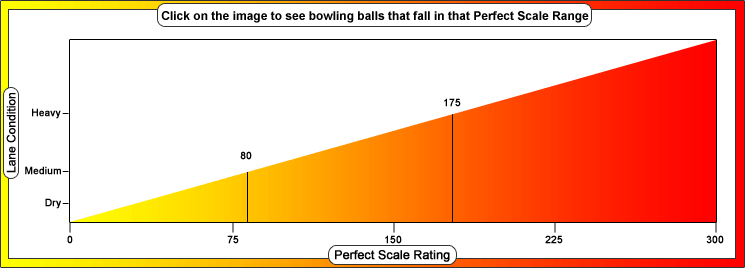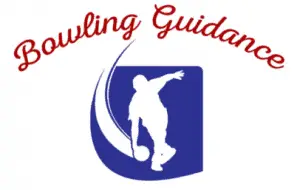Advanced, professionals, pro shop operators/retailers often use the bowling term hook potential, or in other words, hook ratings. Believe it or not, it is one of the most challenging and interesting aspects of bowling. Yet, many bowlers don’t know about it in depth. Indeed, it can be a bit complicated and advanced for some people, but when shopping for a new ball, you should really have good knowledge about hook potential. After all, it all comes down to your bowling ball type. So continue to read to learn more about what is hook ratings for bowling balls, what are the factors behind them, how much hook potential is best for you.
What is hook Potential in Bowling Balls?
In bowling terminology, ‘hook’ refers to the relative hook potential of a bowling ball. Usually, the bowling balls that have a high differential or RG, hook comparatively more than bowling balls that have a low differential.
If a particular bowling ball has a high differential, it means the ball is more prone to change its direction on the breakpoint and make an arching motion before hitting the pins. When that happens, the ball is most likely to break sooner, sometimes right on the mid lane. If your bowling ball does something similar, it means the ball has high hook potential. Bowling ball with high hook potential can either have a narrow or broad on the lane depending on a few factors. Bowlers who prefer playing with a high hook rating ball hit the pocket in different ways, which means they are not bound to follow any specific way to hit the pins and pocket. High hooking bowling balls allow you to control the lane more, and then how to knock down the pins. The best thing about this kind of ball is- they boost your chances of bowling a strike.
Bowling balls with a low hook potential are the opposite compared to high hooking balls. Look hook potential indicates that a bowling ball is unlikely to break when it rolls down the lane. Generally, beginners love to play with a bowling ball that goes straight without making any curving motion. And, as you can guess, those are the look hooking bowling balls. This may sound beneficial for novices only, but no. Advanced or pro bowlers can utilize a low hook potential bowling ball to get the stubborn spares. Moreover, bowlers don’t need to put in a lot of extra work to control these bowling balls (their angles or their travel down the lane). So, both low and high hook potential bowling balls have their own perks.
What is a perfect scale hook rating?
It’s hard to understand a ball’s hook potential without a scale. With a number one can easily tell how much a ball will hook or not. What this bowling industry lacked is a proper scale that will indicate exactly how much a ball will make an arching motion on the lane. Plus, different bowling ball manufacturers use different scaling systems that made things even more confusing for bowlers. That’s why bowlingball.com has created their own ball hook rating scale which they call the “Perfect Scale”.
How To Calculate Bowling ball hook potential chart:

The Perfect Scale by bowlingball.com ranges from 1-300. Smaller numbers indicate balls with low hook potential whereas bigger numbers represent high hooking bowling balls. In general, plastic or polyester bowling balls have the lowest hook potential. On average, these bowling balls have a hooking rate of 5, as per the Perfect Scale. Urethane balls fall under the mid-level hook potential section. But some of them can have high hook potential and some can have very low hook potential.
According to the Perfect Scale, the highest number of hook potential ever recorded to date is 237.7, which means that is the bowling ball has the highest hook potential. Most bowling ball manufacturers don’t follow and don’t even tell their customers to follow a certain scale when it comes to measuring the hook potential. So the ones they have, they keep on altering those existing scales whenever there’s a change in products.
The Perfect Scale of bowlingball.com left some room for improvement, but they never altered the scale. They do use mathematical formulas as well as the bowling manufacturer’s current scales to calculate the hook rating of a bowling ball. The hook potential numbers are always uniform and easy to understand. Moreover, the Perfect Scale lets you compare a variety of bowling balls based on their hook potential.
When you’re comparing several bowling balls, don’t forget that there are some other factors that can impact a ball’s hook potential. So instead of just looking at the hook potential number, make sure to also take the ball’s coverstock, core type, finish, RG, Differential, etc. into account. These factors influence the additional characteristics, performance, ability, durability as well.
Conclusion
Do you want a bowling ball that has high hook potential? Or one that has low hook potential? Well, that is up to you. But if you were confused before, we hope this article was helpful enough to clear out any of your confusion about hook potential/ratings. Not gonna lie, hook ratings for bowling balls can be a bit tricky. So if you’re a beginner, you can always seek further help from us or from your bowler mates before you make your official purchase. As always, wishing you happy bowling!

